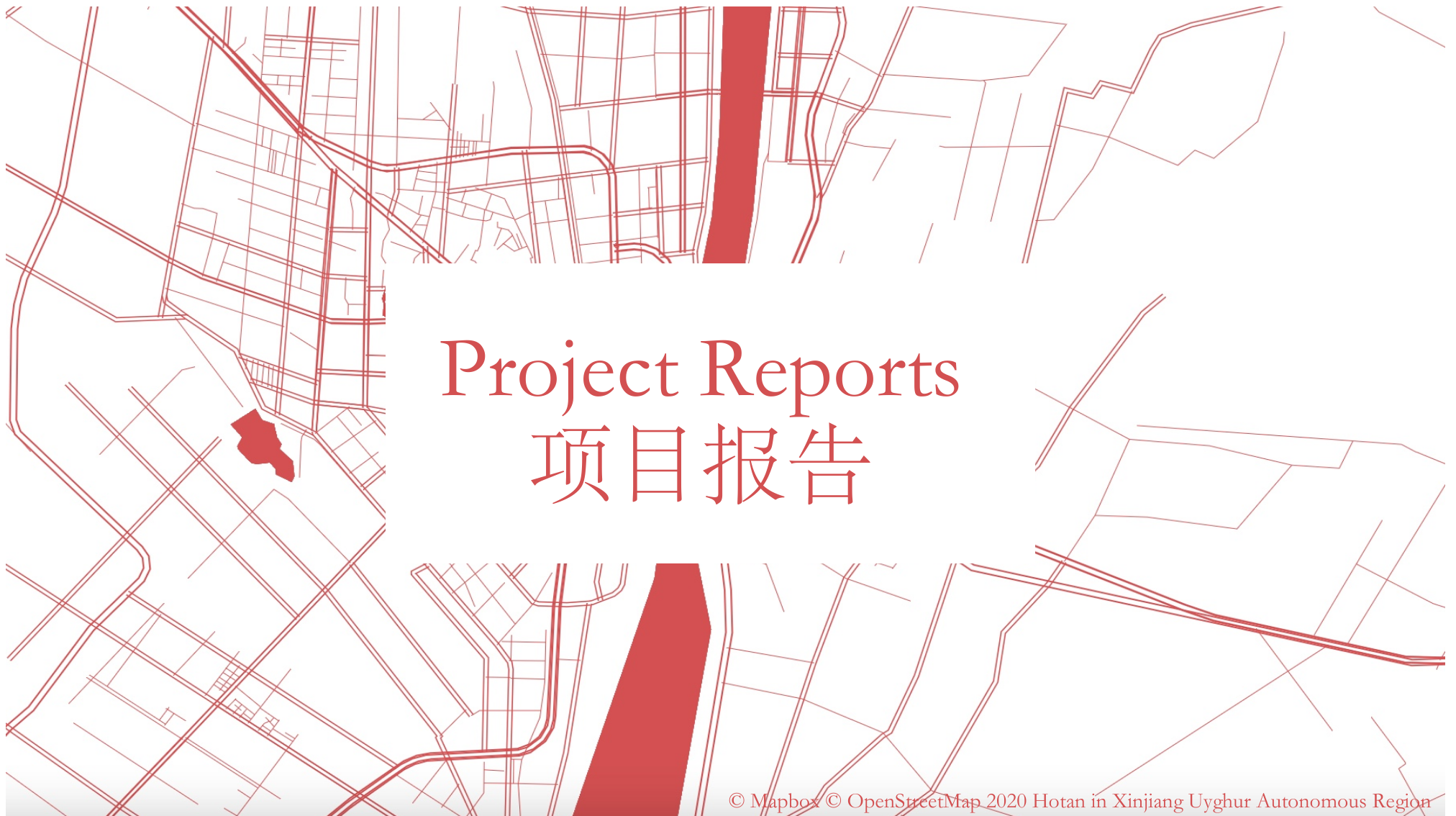
Introduction
The following section showcases original publications produced by the Xinjiang Documentation Project research team. These essays cover an array of topics that relate to the evolving human rights crisis in the region including an examination of development aid and projects, government policies and on-the-ground implementation, surveillance strategies, and more.
Staff, Xinjiang Documentation Project, 23
Recovering “Visiting a Re-Education Camp in Xinjiang” Series
Originally published in March of 2019, Youtube account CHINA LIVE posted a five-part series entitled, “Visiting a Re-Education Camp in Xinjiang” which recorded the daily lives of individuals in re-education facilities. Each episode followed an individual throughout camp and covered topics including family relations, removal of religious garb, and integration into e-commerce platforms. The Xinjiang Documentation Project collaborated with the Internet Archive and the Wayback Machine to recover the following videos and make them publically available here.
Remy Hellstern, et. al., Xinjiang Documentation Project,
Leveraging Blockchain-Based Archival Solutions for Sensitive Documentation: a Xinjiang Case Study
This exploratory research surveys scholarly literature on decentralized storage solutions, including theories and works of archival science, and similar applications in humanitarian contexts, to illustrate the necessity of these systems in Xinjiang Uyghur Autonomous Region in China. Major findings focus on how decentralized systems can improve the streamlining and hosting of evidence regarding human rights violations occurring as well as advancing the study of cryptographic management of evidence regarding the treatment of vulnerable communities in low-rights regions.
Yao Qu, Xinjiang Documentation Project, 12 August 2021
Extending Grassroots Power and Mobilizing the People: How the CCP Built a Pervasive Security System in Xinjiang
As part of the crackdown on Turkic people in Xinjiang Uyghur Autonomous Region (XUAR) from 2016, Chen Quanguo (陈全国), the current Party secretary in the XUAR, reproduced an all-pervasive security system across the region from his Tibetan experience, called the Ten Family Joint Defence groups (TFJD, 十户联防), which involves almost all residents in public security activities in the name of ‘counterterrorism.’ The TFJD is not a new invention by the XUAR authority; on the contrary, it is a result of decades of efforts by the Chinese Communist Party (CCP) to extend its power at the grassroots level and a long history of mobilizing the people as a way to organize security forces at a low cost in earlier Chinese regimes (both Imperial and Republican).
Remy Hellstern, Xinjiang Documentation Project, 29 July 2021
Examining the 2015 World Bank’s Xinjiang Technical and Vocational Education and Training Project
In December 2014, the World Bank introduced a new project, Xinjiang Technical and Vocational Education and Training Project. The expressed goal of this loan was to usher in school-based reform, strengthen the connection between schools and industry, improve external support for vocational schools, employ high-quality teachers, and upgrade equipment and facilities. This project planned on supplying 50 million USD, between 2015 to 2020, to five vocational schools throughout Xinjiang to encourage ethnic minorities in the region to enroll. However, upon further examination, there is reason to believe some of the funding from this loan went to teachers and staff working at traditional schools and re-education centers.